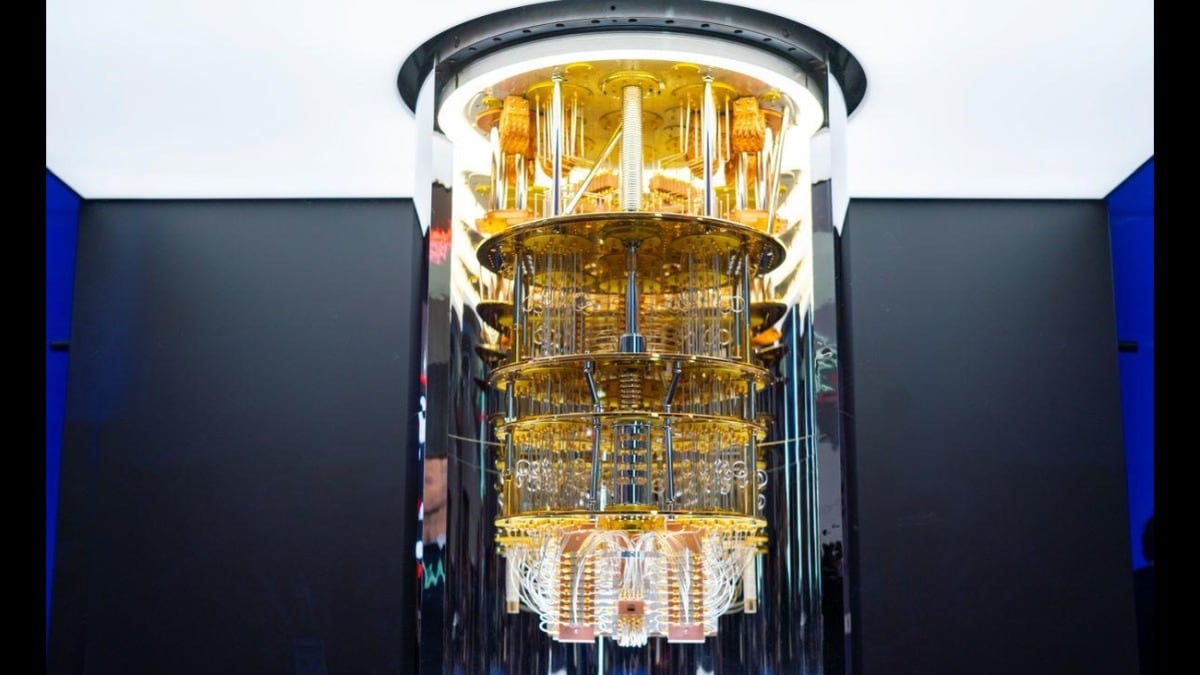By beaming a laser pulse sequence based on Fibonacci numbers onto atoms inside a quantum computer, physicists have created a previously known phase of matter. The fascinating thing about phase is that it behaves as if there are two dimensions of time despite being a singular flow of time. The researchers used 10 atomic ions of an element called ytterbium, which are individually controlled and controlled by electric fields produced by the ion trap. These ions can be manipulated (or measured) using laser pulses. Scientists hope this will help them store information in a more error-free manner. This is likely to pave the way for the development of quantum computers that can retain information for long periods of time without distortion or loss of data.
The physicists behind the discovery did not aim their study of creating a phase with the theoretical excess time. Instead, they were interested in creating a new phase of matter in addition to existing phases such as liquids, solids, and gases.
The team set out to create a new stage in quantum computers called the H1 quantum processor. It consists of 10 ytterbium ions that are precisely controlled by lasers inside a vacuum chamber. In the study, the team discovered a special set of phases called topological phases. When moving from one phase to another, the breakdown of physical symmetry appears as the major hallmark. Even creating a new topological phase inside a quantum computer relies on symmetry breaking. However, in the case of the new phase, the symmetry was observed to break with time rather than space.
In conducting the experiment, the researchers used the Fibonacci sequence in which the next number in the sequence is formed by adding the previous two. The Fibonacci pulsation created a time symmetry that was ordered without ever repeating, like a quasicrystal in space.
“The system essentially gets the bonus symmetry from an extra extra time dimension,” said researchers from the Center for Computational Quantum Physics at the Flatiron Institute in New York. The observations are described in a paper published in Nature,
The team observed that the new quasiperiodic Fibonacci pulse resulted in a topographic phase that prevented data loss from the system for a full 5.5 seconds. This meant that he had found a stage that was immune to long-term amputation.













